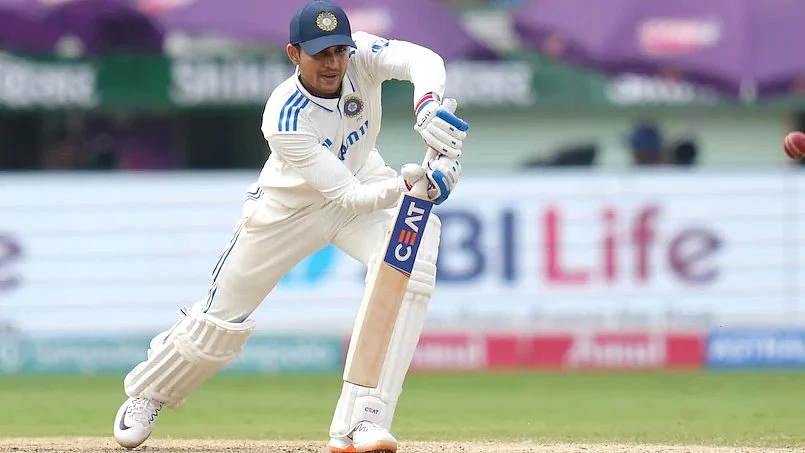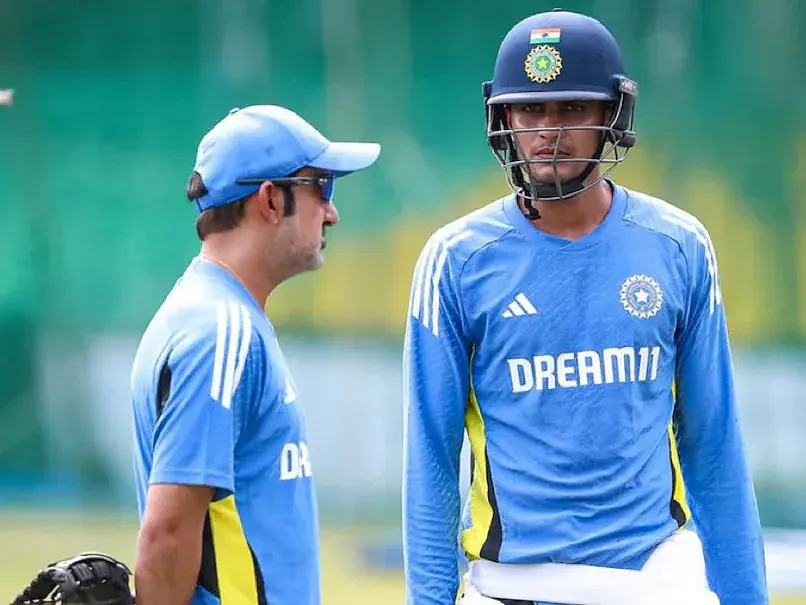Shubman Gill: How England tour tested and turned him into a run machine
India Test captain's decision to lead North Zone in Duleep Trophy a signal of changing ethos in Indian cricket

The decision of Shubman Gill to lead North Zone in Duleep Trophy from the end of this month – barely three weeks after returning from a gruelling series in England – clearly signals the emergence of a Gill 2.0. No wonder, it has drawn wholesome praise from the legendary Sunil Gavaskar who has always batted for domestic cricket to get priority.
The BCCI’s call not to squeeze in a white-ball tour to Sri Lanka after the Bangladesh tour was postponed had opened up the door for top players to reinvest in domestic cricket. This will re-energise the zonal red ball competition as a look at the other captains and line-ups reveal: Ishan Kishan (East Zone); Shardul Thakur (West); Tilak Varma (South) and Dhruv Jurel (Central).
“Shubman Gill, captaining the North Zone team, is a massive shot in the arm for this tournament. By being available, the Indian skipper is sending the right signal to the other members of the team,” Gavaskar wrote in his fortnightly column.
It was providence that I could spot him. I don’t believe in comparisons with batting greats of different eras but feel that we have been extremely lucky to be blessed with generations of great batters. If Shubman stays fit and can continue to play for the next 10 years so, he can catch up with (Virat) KohliKarsan Ghavri, former India allrounder
While the fast bowlers on the England tour have been rested after bending their backs in what had been a dry English summer with five Tests crammed over six weeks, Gill’s choice to stay engaged reflects a long-term commitment to India’s first-class structure. The decision could well be construed as the way forward in the new Gambhir-Gill era planning to put an end to star culture and picking-and-choosing of matches.
The transformation of Gill over the past two months from the 25-year-old often hailed as the crown prince of Indian batting to a self assured individual has been palpable – someone who had brought about a quantitative change in his batting to suit the English conditions, the confidence of having the runs behind him rubbing perceptibly on his control over the team and handling of the media. It was almost a no-brainer when the International Cricket Council (ICC) named him as the Player of the Month for July on Tuesday.
Yes, he is still a work in progress as a captain in the longer format who tended to be defensive at times and didn’t show enough faith on his spinners (the unwillingness of making room for Kuldeep Yadav in the playing XI in any of the five Tests is a case in point), but then one learns on the job.
When asked on the eve of the tour as to how he planned to handle the twin responsibilities of being the captain and the premier batter coming in at Virat Kohli’s position at number four, Gill said he would try and compartmentalise the roles. The staggering tally of 754 runs, with three centuries and that epic 269, showed he had done much more than what bargained for.

The question that begs to be asked for is: how did he bring about such a transformation in his game? Ashok Malhotra, one of the few batting heroes that the North has produced and a member of the 1985 Benson & Hedges Cup-winning squad, feels the changes that Shubman brought about in his technique must have been a result of his planning and execution.
Speaking to National Herald, Malhotra said: ‘’It had been a case of putting mind over matter. Given the fact he headed for England right after the IPL, it was fascinating to see the changes that he made in his technique to combat the English conditions. Someone like Gautam (Gambhir) may have worked with him as I feel sometimes, he does not get the credit he deserves.’’
Breaking it down, Malhotra, now a TV pundit who had been grooming grassroots talent in his academy in Kolkata for a number of decades, said: ‘’Unlike in the past where Shubman used to plant his front foot forward and get committed, he is playing late with a shorter shuffle and meeting the ball under his eyes. He had been a delight to watch in this series.’’
Gill’s phenomenal run in England has also warmed the hearts of Karsan Ghavri, the Utility Man of Indian cricket in the Seventies. There is a by-now familiar story of how the 74-year-old former Indian allrounder, then on a mission to Punjab to unearth fast bowlers as part of a camp hosted by BCCI and the National Cricket Academy, first spotted a 12-year-old Shubman batting in the rain.
“It was drizzling and we didn’t want to risk our young fast bowlers getting injured. So, we called it off and went across the road to a small ground outside Mohali Stadium. There were several boys playing cricket in the rain. One young player stood out. I’m not sure if it was a match or practice but he was playing so technically correct. The way he was striking the ball made me think: This guy has a lot of fire, a lot of spark,” Ghavri recalled. It was at his insistence that Dhruv Pandove, then secretary of Punjab Cricket Association (PCA), inducted a skinny Shubman in their Under-14 state team.
‘’It was providence that I could spot him. I don’t believe in comparisons with batting greats of different eras but feel that we have been extremely lucky to be blessed with generations of great batters. If Shubman stays fit and can continue to play for the next 10 years so, he can catch up with (Virat) Kohli,’’ Ghavri said during a telephonic chat.
Now that the benchmark has been set, it’s upto Shubman to live upto it everytime he takes that calm, languid walk to the crease. As for captaincy, it won’t be long before one of the white ball format’s mantle also comes along the way!
Follow us on: Facebook, Twitter, Google News, Instagram
Join our official telegram channel (@nationalherald) and stay updated with the latest headlines
